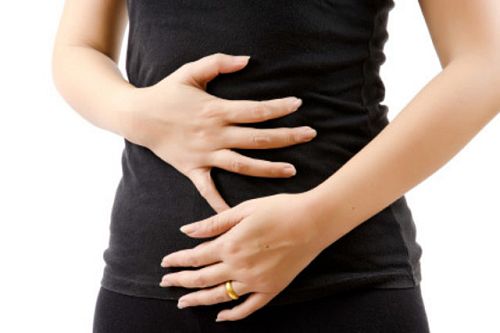- 1 in 3 women experience urinary incontinence during pregnancy and/or after birth
- WHY? During pregnancy, hormones make your muscles relax and your pelvic floor stretches in preparation for the birth of your baby/s. These hormonal changes are also responsible for your frequent night trips to the toilet. As your pregnancy progresses, the pressure of your baby/s over your bladder can make you leak urine when coughing, sneezing, laughing, running, jumping and lifting weights, such as shopping bags or your own children. Top tip: tighten your pelvic muscles before doing any of these activities.
- Just because it's a common problem doesn't mean it's normal, and you can't do anything about it. Here are some tips for a healthy bladder:
- Do pelvic floor exercises regularly during pregnancy. Click here for information on how to do them
- Drink plenty of fluid to keep you hydrated. Top tip: look at the colour of your pee. The ideal wee should be 1-3 healthy, with little or no smell and a good amount. A dribble is not enough.
- Limit the amount of caffeine, fizzy drinks, alcohol, fruit juices and anything that contains caffeine, as they all irritate your bladder and make you need the toilet more often. Smoking also irritates the bladder.
- Constipation is related to urinary incontinence. Pressure from a full bowel and too much strain can weaken your pelvic floor muscles and make it harder to control your urine. Excessive weight gain can also increase the pressure over your bladder. Top tip: Eat a healthy balanced diet with plenty of fibre and exercise regularly.
- When passing urine, pay attention to the flow (weak or slow), feeling of emptiness (do you think you still need to go but you can't?) and hesitancy (trouble starting to pee or maintaining the flow). Top tip: Later in pregnancy, some women find it helps to rock backwards and forwards while they're on the toilet. This lessens the pressure of the womb on the bladder so you can empty it properly.





